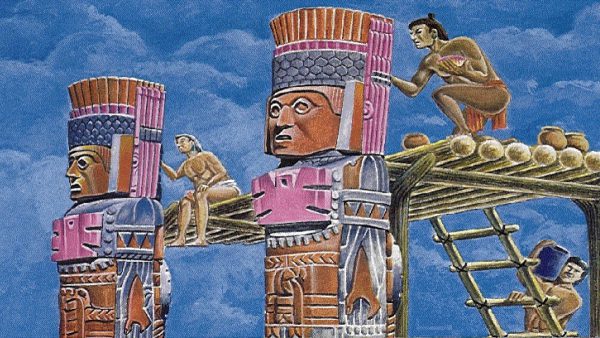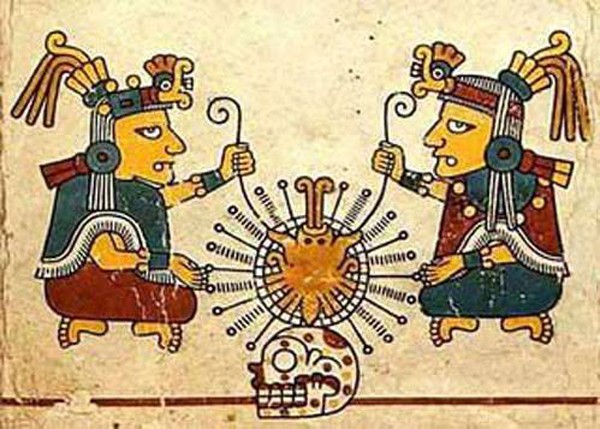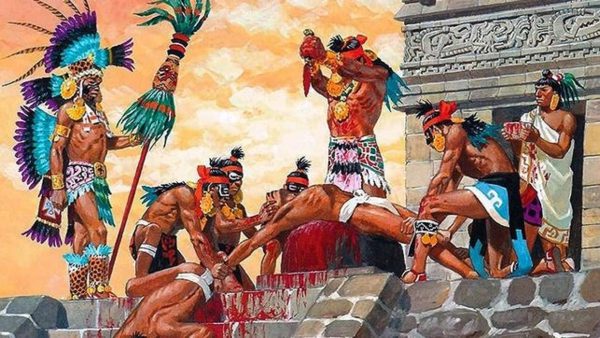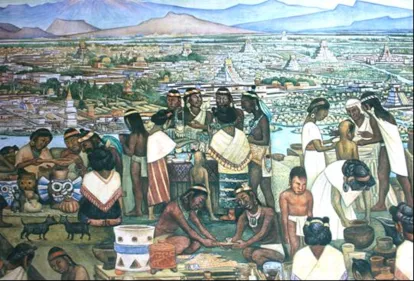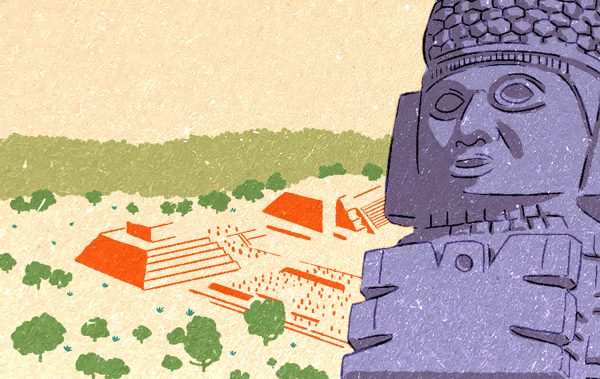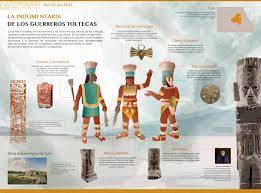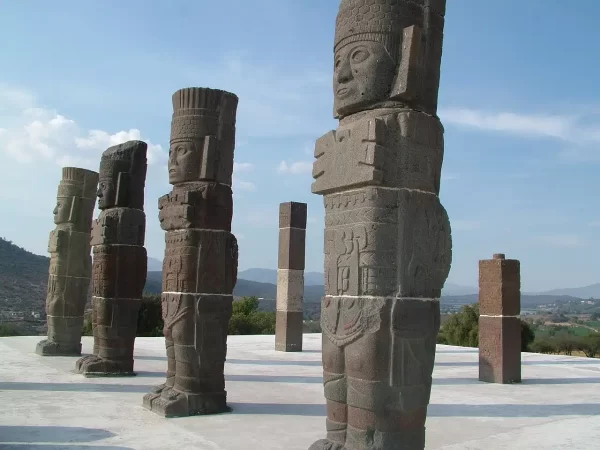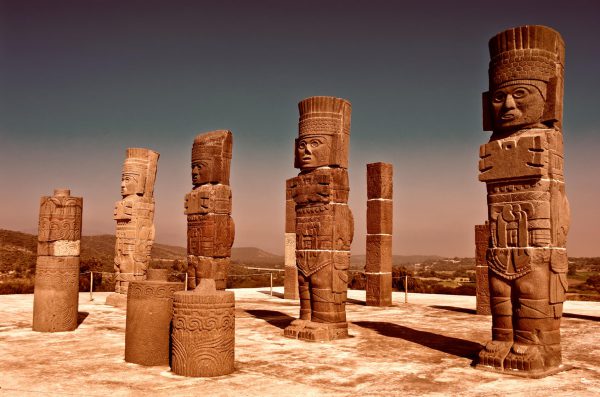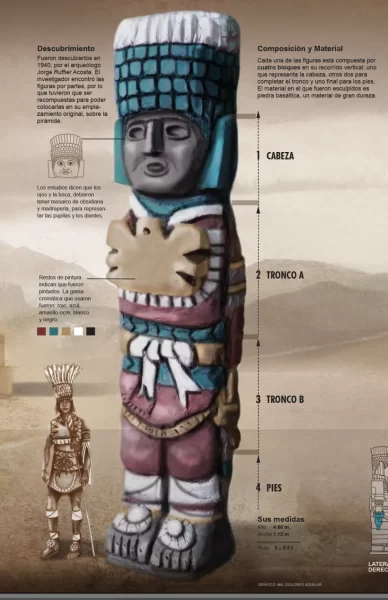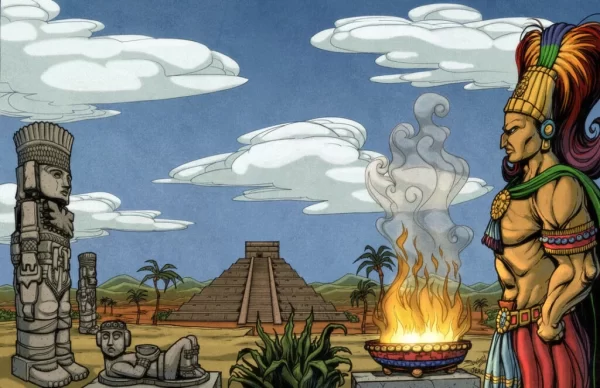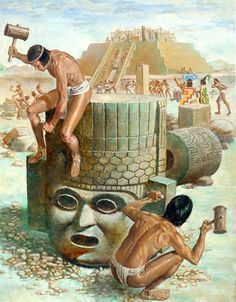Toltec Cocoa
The Toltecs were a Mesoamerican civilization that developed in the Mezquital Valley region, (current Mexican state of Hidalgo), between the 9th and 13th centuries, during the early postclassic period. Of Chichimeca origin (generic name that the Mexica and Nahua peoples of Central-Southern Mexico had given to these inhabitants of the north and west.)
Most of what we know about the Toltec comes from the Mexica and postcolonial texts documenting oral traditions. They were a militarized society, and very good merchants.
Due to their great military power, they expanded rapidly: they occupied the city of Teotihuacán and imposed themselves on the towns of the region. Later, they settled in the city of Tollan-Xicocotitlan, current Tula.
The Toltecs were contemporaries of the Mexica Empire. When the Mayan and Teotihuacan civilizations saw their decline, the Toltec people spread across the central plateau during the classical and postclassical periods (800 AD – 1200 AD).
The power of the Toltec culture was based on the great agrarian diversity coming from its different territories: The crops were varied, and the collection of taxes became the support of its economy. They mastered metallurgy and ceramics.
They had great skill in craftsmanship, excelling in stone sculpting. The monumental sculptures of warriors and military leaders are characteristic, especially the so-called “Atlanteans” in the ceremonial center of Tula.
Their gods were taken from the Teotihuacan culture, they were offered with human sacrifices, for which prisoners of war were generally used.
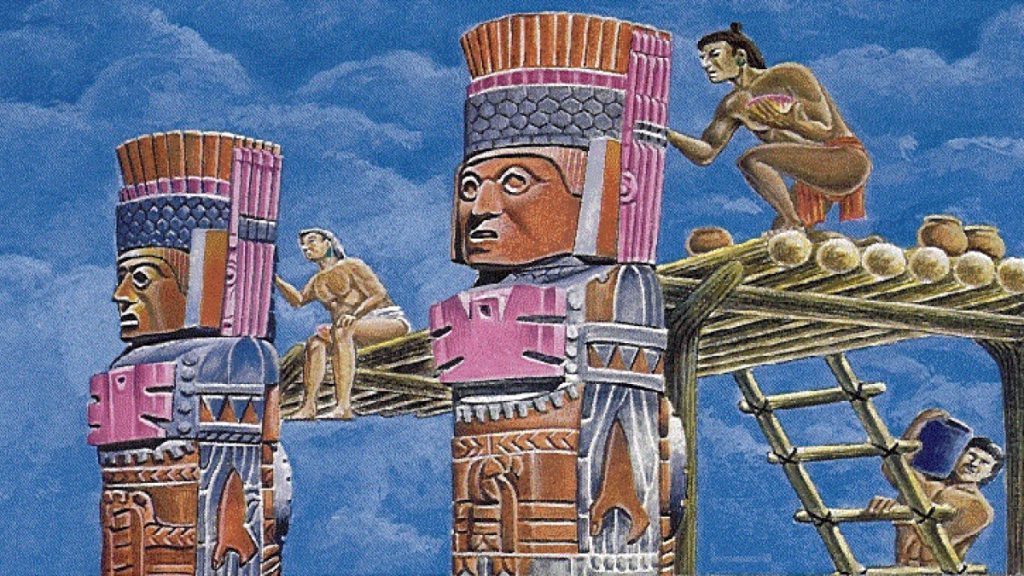
The legend of the origin of cocoa: Toltecs
The Tonalámatl, the book of omens of the priests of the goddess Xochiquetzal, tells the legend of the origin of cocoa.
The Tonalámatl Codex is a pictorial codex that Mexica sorcerers used as a basis for rituals. It is a 260-day calendar (the gestation of a baby) in which it is worth highlighting the number of times cocoa appears represented, whether as a plant, grain or pod. On the first page of the codex, for example, there is a representation of the Universe, with its four directions each guarded by a sacred tree. In the central part is the god of fire, Xiuhtecuhtli.
The cocoa tree is the one guarding the South, and in turn two gods protect it: Cenotl, the god of corn, and Mictlantecuhtli, the god of the dead. For Mesoamerican cultures, corn represents life, so in some way cocoa is represented as a link between these two worlds.
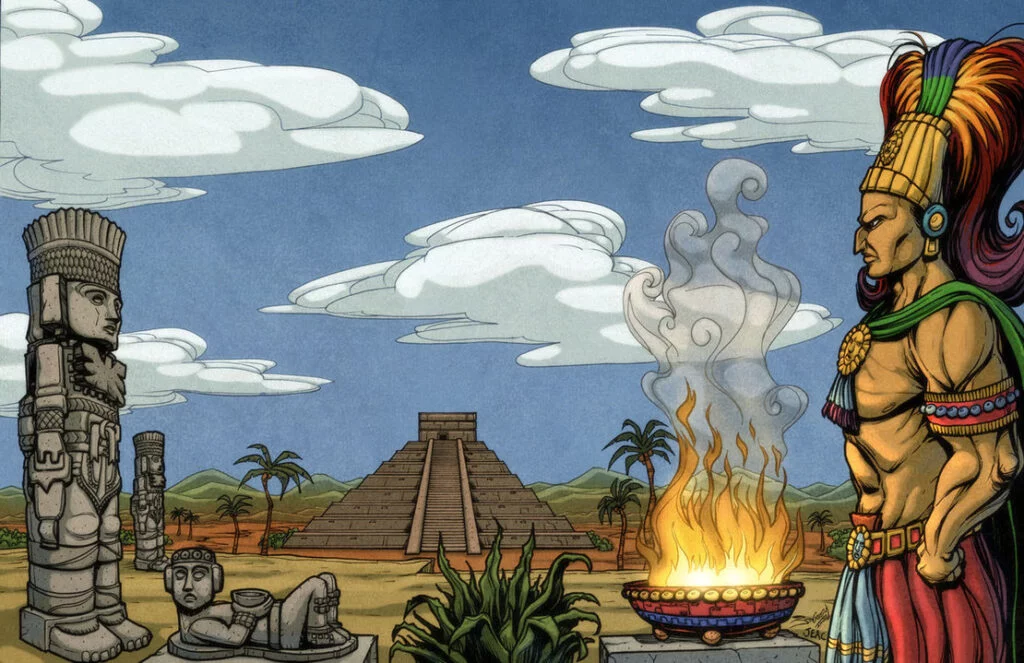
The gods, pitying the hardships of the Toltec people, decided that one of them would come down to earth to instruct them in the sciences and arts. Quetzalcoatl, (the god of the feathered serpent) felt great interest in the Toltecs, so he took human form and descended on Tollan like a ray from the morning star.
The inhabitants of the city, good and hardworking men, were amazed by his appearance. Together with him, Tláloc, the owner of the rains, giver of life and owner of souls separated from bodies, and Xochiquetzal, goddess of joy and love, wife of Tláloc, came and taught the Toltec people their knowledge.
Quetzalcoatl also gave a plant that he had stolen from the gods, who jealously guarded it. It was a small bush with red flowers and dark fruits, with which the gods prepared a drink exclusive to the gods.
The god planted the small bush in the fields of Tula and asked Tláloc to feed it with rain and Xochiquetzal to decorate it with flowers. The tree bore fruit and Quetzalcoatl collected the pods, roasted the fruit, and taught the women to grind it and blend it with water to create the divine drink.
According to legend, the Toltecs had four kinds of cocoa: cauhcacahuatl, mecacahuatl, and xochicacahuatl were varieties used as currency, and tlalcacahuatl was the one they roasted.
Thanks to these gifts, the Toltecs became a rich, wise and happy people. The gods, when they learned that men drank the cocoa drink that was stolen from them, sent Tezcatlipoca, god of night and darkness, to intoxicate Quetzalcóatl with alcohol to shame him.
When Quetzalcoatl woke up from his drowsiness, he decided to leave and, taking advantage of a ray of light from the evening star, he returned to his home with the other gods, but he promised to return.

